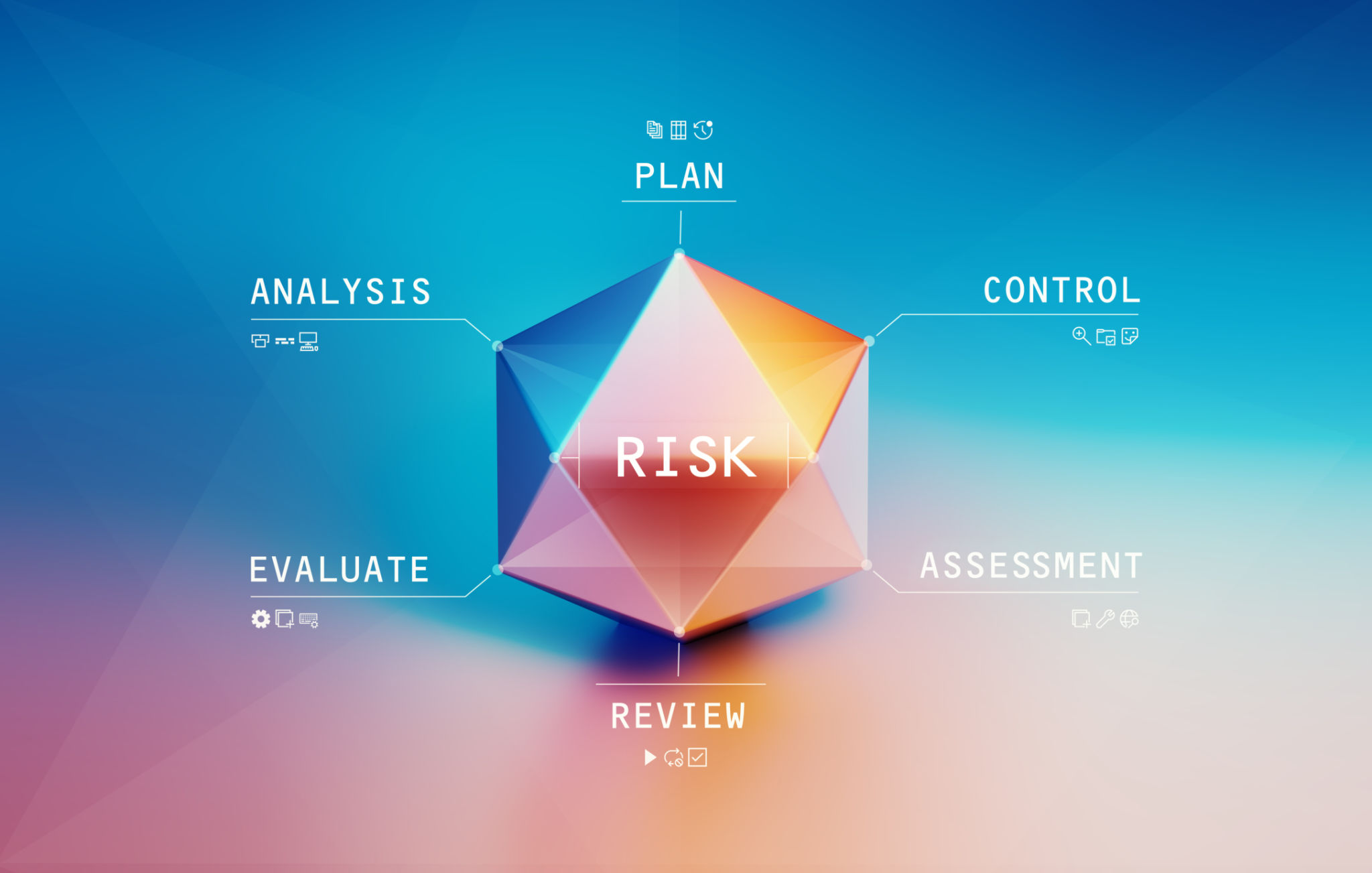DIY Workplace Risk Assessment: A Step-by-Step Guide for Small Businesses
Understanding Workplace Risk Assessment
Every small business owner knows the importance of maintaining a safe working environment. Conducting a workplace risk assessment is a crucial step in identifying potential hazards and implementing preventive measures. While it might sound daunting, this process can be simplified with a DIY approach.

Why Risk Assessments Are Essential
Risk assessments help protect your employees and your business. By identifying risks, you can prevent accidents and reduce potential liabilities. Moreover, a safe workplace boosts employee morale and productivity, contributing to overall business success.
Step 1: Identify Hazards
The first step in a risk assessment is to identify potential hazards. This involves walking through your workplace and observing processes and equipment. Consider all possible sources of harm, including physical, chemical, biological, and ergonomic hazards.
- Inspect work areas and practices.
- Consult with employees for their insights.
- Review accident and incident reports.

Step 2: Determine Who Might Be Harmed
Once hazards are identified, determine who might be affected by them. Consider employees, visitors, contractors, and even the public. Pay special attention to vulnerable groups, such as new workers, pregnant employees, or those with disabilities.
Step 3: Evaluate Risks and Decide on Precautions
After identifying who might be harmed, evaluate the risks associated with each hazard. Decide on appropriate precautions to control these risks. This might include implementing safety measures, providing training, or changing work processes.
- Use personal protective equipment (PPE).
- Implement engineering controls.
- Establish emergency procedures.

Step 4: Record Findings and Implement Them
Document your findings and the actions taken to mitigate risks. Keeping a record is not only a legal requirement but also a valuable tool for ongoing safety management. Ensure that the safety measures are effectively implemented and communicated to all employees.
Step 5: Review and Update Regularly
Workplace conditions change, and so do risks. Regularly review and update your risk assessment to ensure it remains relevant. Set a schedule for revisiting the assessment and make adjustments as necessary.

Conclusion
Conducting a DIY workplace risk assessment is a manageable task for small businesses. By following these steps, you can create a safer work environment that protects both your employees and your business. Remember, safety is an ongoing process, and staying proactive is key.